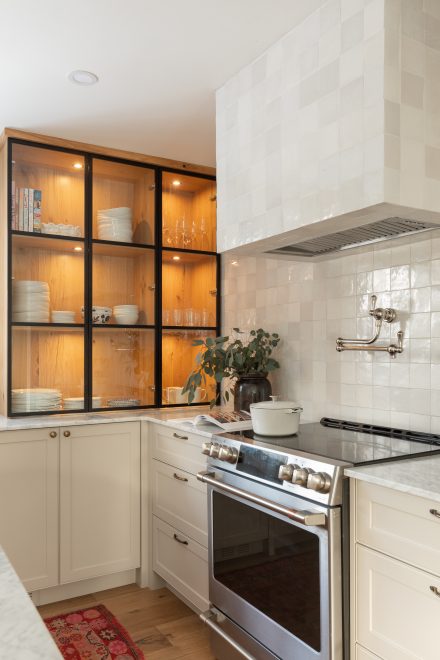
Hello, it’s a great day to start a project.
We offer 7 ways to introduce the timeless and functional spirit of Mid-Century Modern into your decor.
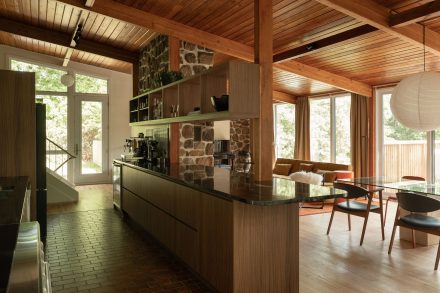
Text: Marie Charles Pelletier
Mid-Century Modern didn’t appear overnight or out of nowhere. It’s deeply rooted in the functional legacy of the Bauhaus. This movement, born in Germany in the 1920s, introduced a new vision of the home: more sober, more rational, and guided by function rather than ornament. Form followed function, and the human lived experience became the true measure of good design. These ideas eventually crossed the Atlantic, driven by the exile of several architects, giving rise to a warm modernism, turned towards nature and grounded in everyday life: Mid-Century Modern.
In this article, we share 7 ways to incorporate this iconic and timeless design into your home.
Simple volumes, a connection to the outdoors, raw materials, and bold horizontal lines are the defining principles of Mid-Century design. They were already taking shape in houses like R. M. Schindler’s Walker House (1936) in California, long before the term “Mid-Century” became established. These gestures go beyond aesthetic function, they lay the foundations for a design that serves the way we live by reconciling form and function.
These principles are increasingly being embraced in Quebec, not as a nostalgic gesture, but as a way of reconnecting with the essence of modern design. They create spaces filled with light, built to last, and above all, designed to foster well-being.
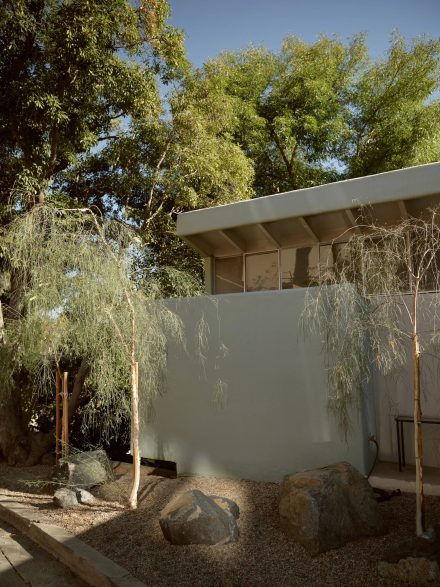
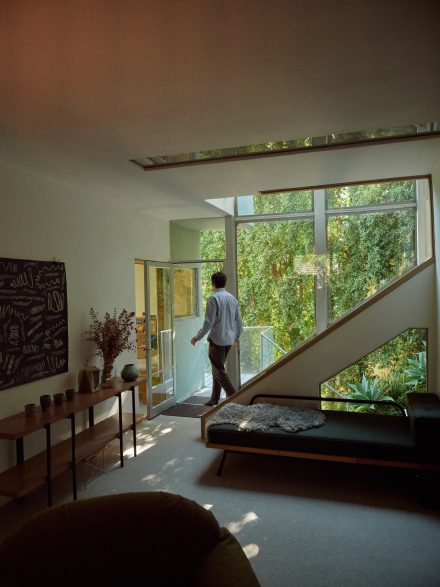
Mid-Century Modern design is distinguished by its constant pursuit of harmony and its subtle beauty based on balanced proportions, often inspired by the golden ratio. This gives each piece a natural elegance and a reassuring timelessness. Beyond mere appearance, Mid-Century design never strays from its purpose. On the contrary, it guides its lines. Each piece of furniture is designed to be lived in, used, and inhabited. By making comfort an aesthetic value, the furniture moves away from trends to become durable. It doesn’t run after time; it invites you to sit down, to pause, and to look outside.
At the heart of Mid-Century design is this desire to blur the lines between indoors and outdoors. Large horizontal windows, high-set glass bands, and framed openings that act like paintings serve a specific function: to let in light, celebrate the seasons, and open the house to the landscape.
This feeling of openness to the landscape offers a unique feeling, like living among the trees. As Piper Mavis describes in an interview with Open Space Media: “It’s a bit like living in a treehouse […] because you’re higher up than the street, you always feel like you’re much further from the city than you actually are.”
Just like its furniture, Mid-Century Modern interior design is also evident in discreet but ingenious storage solutions: built-in bookcases, custom-made wall units, and modules integrated into the architecture. These storage units blend in without being overpowering, freeing up floor space while letting key elements—ceramics, paintings, or objects—stand out and breathe with personality.
Wood, brick, cork, and stone are the key materials of the Mid-Century Modern aesthetic. These raw materials breathe, patinate, and tell stories over time. They add an organic warmth while preserving the balance of the space.
Brick accent walls, cork floors, and walnut bookcases are all examples that give the room a lively, evolving, anything-but-static character. In a kitchen, a terracotta brick floor makes this space a natural gathering place, where the material can be felt as much as it is perceived.
Mid-Century hues echo nature with:
It’s a palette that calms, centers, and soothes.
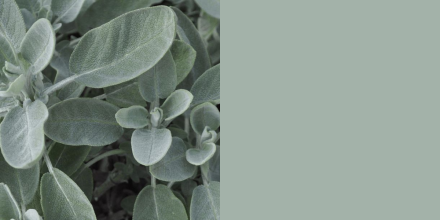

Mid-Century Modern invites us to slow down. To choose a piece of furniture, not to fill a void, but to fully inhabit the space. In a world of fast trends and disposable goods, opting for sustainable design—like this custom-designed kitchen by Ateliers Jacob for the Cœur de Pirate home— becomes both an ethical and aesthetic act.
Mid-Century Modern isn’t nostalgic. It’s a call to meaning, to life, and to experience. It’s about the intention to design interiors as refuges meant to transcend time imperceptibly, to embrace the body ergonomically and support everyday life peacefully.
The passionate team at Ateliers Jacob has created a kitchen that embodies the timeless and functional essence of Mid-Century Modern. Regardless of the space, these principles apply and always find their place, transforming each space into a living space that reflects a sustainable approach.